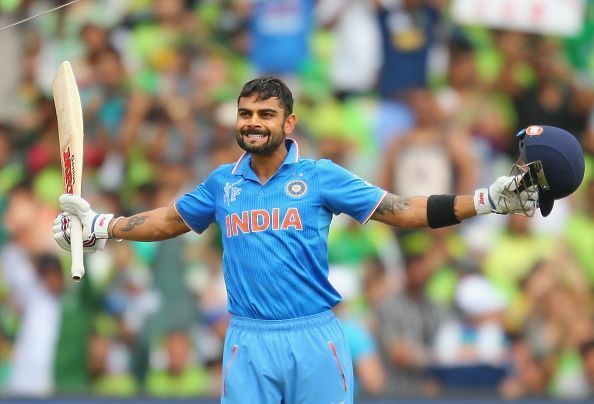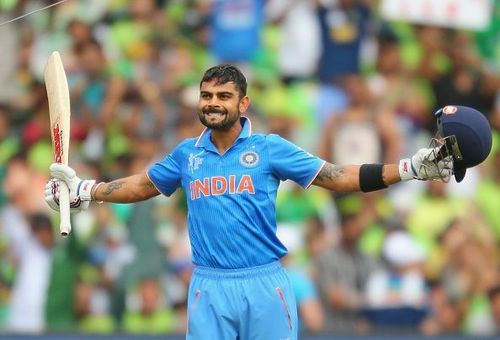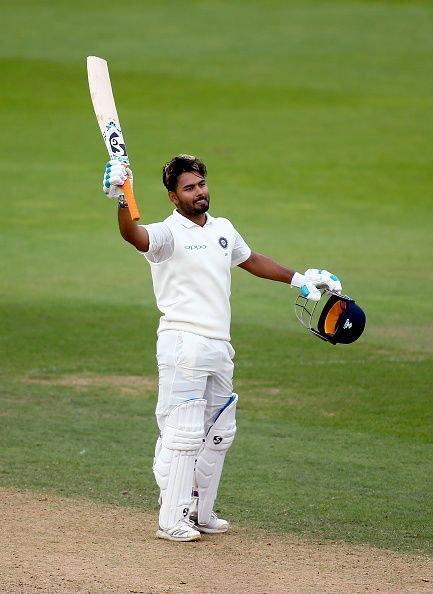
The unexpectedly competitive ODI series against West Indies can be seen as a blessing in disguise

When India rolled over the West Indies in the Test series, winning both matches within three days, it was almost a consensus among cricket experts: the ODI series is going to be one-sided too. The talk of the possible one-sided nature of the series went to such an extent in TV studios and other media outlets that the focus was not on how India should plan to win, rather how India should rest its key players for this seemingly easy series.
In fact, the selection for the first two sides reflected that thinking. The two key bowlers, Jasprit Bumrah and Bhuvneshwar Kumar were rested from the side, and in their place a chance was given to Mohammad Shami and Umesh Yadav so that they could grab a third or fourth pace bowler's spot for the World Cup squad. There was even talk of resting Virat Kohli for the last two matches, in the safe assumption that India would have taken an insurmountable 3-0 lead by then.
Even though India managed to win the first match of the series rather easily, India’s bowling did get exposed, especially in the pace department. Neither Shami nor Umesh bowled a consistent line and length. The trend continued into the second game and the West Indies scored back to back 300 plus scores.
India had to bring back both Bumrah and Bhuvneshwar for the remaining three matches, after India failed to win the second match. And now even with Bumrah and Kumar in the side, West Indies still managed a total close to 300 on a rather sluggish Pune pitch.
India lost the match by 43 runs, mostly because of the collective failure of its batting again, with the exception of the magnificent Virat Kohli who became the first Indian batsman to score three consecutive ODI centuries.

The series has suddenly become very competitive with both teams tied at 1 win each, with two matches to go. Such a competitive series, instead of a one-sided one that was expected before the series began, could actually be seen as a blessing in disguise.
The dependency on the top three batsmen, especially on Virat Kohli has been brought to the fore. India’s terrific ODI record in recent times has largely been due to the success of the top three. But if two of the three fail, as has been the case in the last two matches, it’s difficult for the third batter to see India through, even if he happens to be Kohli.
In today’s match, India’s tail began at number 7 with Bhuvneshwar Kumar. In the post-match interview, Kohli pointed at the unavailability of Hardik Pandya and Kedar Jadhav as the reason for this imbalance in the team. But a closer look would suggest that it’s not due to the lack of batting talent of the tail that India lost the match.
The responsibility for the loss should be put on the inability of the main batters to bat responsibly. One should not be too critical of the two openers, because they have been the architects of many Indian wins in the recent past. Rather, it is the middle order consisting of Rayudu, Pant and Dhoni who must share the majority of the blame, especially the latter two.
Though this is not a new problem, it was being swept under the carpet, due to the top order’s astounding success leading to India’s victories in recent times. Similarly, the issue of the lack of a proper third seamer to help out Bumrah and Bhuvi also has got highlighted. Shami, Umesh and Khaleel have each played two matches in the series and all of them have failed to impress.
A facile one-sided series would have again brushed these issues under the carpet. But India’s defeat in the third match and the competitive nature of the series would surely ensure that the team management is not complacent in its preparation for the World Cup, and that they attempt to tie in these loose ends in time for the World Cup.